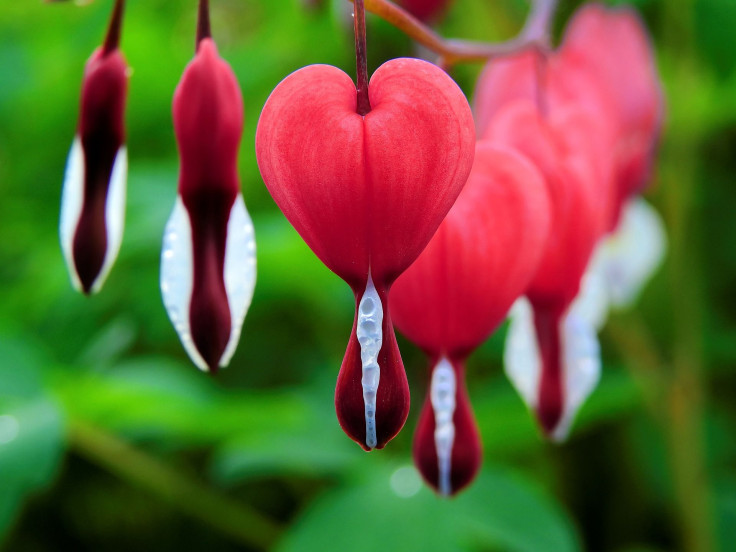7 Health Conditions That Cause Strange Bruising And Bleeding, From Scurvy To Aging

Everyone gets a black and blue mark or bleeds from a cut every once in a while, but if these things happen frequently, it may be cause for concern. Many different lifestyle factors and diseases can cause weird bleeding and bruising, and it’s important to be able to identify the signs as they occur.
Drinking too much alcohol
An article on the National Institutes of Health explains that alcohol itself as well as alcohol-induced scarring of the liver, which helps to maintain blood cell levels in the body, could cause blood loss and low cell counts. With that comes fewer platelets, a symptom of which is increased bleeding. Alcohol does not have to be involved, however — liver damage in general slows or stops the organ’s production of proteins necessary for clotting, the National Institute of Diabetes and Digestive and Kidney Diseases says.
Leukemia
This blood cancer, among other effects, reduces the body’s platelet count, making clotting more difficult, according to the Cleveland Clinic. “People with leukemia may bleed from their gums or noses, or may find blood in their stool or urine,” the medical center’s website says. “Bruises may develop from very minor bumps. Small spots of discoloration — called petechiae — may form under the skin.”
Age
All people get bruises sometimes, but it’s common for people to bruise more easily as they age because of changes in the body. The Mayo Clinic explains that a bruise is usually the result of an impact that makes capillaries — small blood vessels near the skin’s surface — break and blood leak out. When the body reabsorbs the blood, the black and blue mark disappears. But in older people, skin “becomes thinner and loses some of the protective fatty layer that helps cushion your blood vessels from injury.”
Painkillers
Certain over-the-counter medications for pain, like ibuprofen, can thin the blood. That can sometimes lead to easier bruising and bleeding. The risk is higher for people who already take prescribed blood thinners to protect against heart disease.
Hemophilia and Von Willebrand’s Disease
These two bleeding disorders are caused by a lack of certain clotting factors in the blood, according to the American Society of Hematology. While they are usually passed down at birth, there are rare cases in which someone has developed them later in life — after their own immune systems created antibodies that attacked the natural clotting factors in their blood. “Because blood does not clot properly without enough clotting factor, any cut or injury carries the risk of excessive bleeding,” the organization says. “In addition, people with hemophilia may suffer from internal bleeding that can damage joints, organs, and tissues over time.” Signs of these disorders include easy bruising or heavy bleeding from small cuts, bleeding gums, nosebleeds, and heavy periods in women.
Scurvy
Mateys, scurvy may be famous as an illness affecting pirates, but it is possible even on land because it is caused by a vitamin C deficiency, specifically less than 10 milligrams a day for about a month, the National Institutes of Health say. In addition to easy bruising and skin discoloration caused by bleeding underneath, people with scurvy might be fatigued, have swollen and bleeding gums as well as loose or missing teeth, experience joint pain and become depressed. The increased bleeding can also lower iron levels, which comes with its own side effects, and bleeding around hair follicles could make the hairs grow in a corkscrew pattern.
Cushing syndrome
This illness stems from having too much of the hormone cortisol in your body. That hormone, produced in the adrenal glands, helps regulate blood pressure and the cardiovascular system, converts nutrients into energy and is key in your body’s response to stress, according to the Mayo Clinic. It causes thin skin that bruises easily, among many other symptoms, like “a fatty hump between your shoulders, a rounded face, and pink or purple stretch marks on your skin.”



























